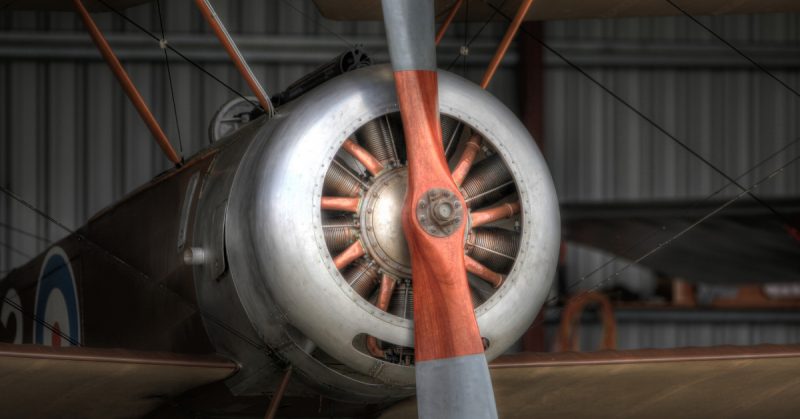Von Richthofen also crashed in the incident but survived, allowing German propaganda to suggest he had shot down one of Britain’s most beloved fighter pilots.
There is no explaining why some items are precious to one individual but considered junk to others.
The old saying, “one man’s treasure is another man’s trash” is especially true when it comes to the ancient objects filling the attics of seniors’ homes. Chair legs, a slat from a baby’s crib, old magazines, and cushions from a worn-out sofa are just a few examples of items in the basements and attics of older folks, often because they are imbued with memories of days gone by.
One such item literally fell into the hands of a family in Nottingham, England many decades ago, but it is far from worthless despite being being out of sight for decades. It was discovered by Nigel Kirk, a reporter for nottinghampost.com who traverses the English countryside looking for odd yet valuable items to write about, help owners discover their provenance and value, and aid in auctioning them when requested.
Kirk was at the home of Bill Ash on a separate matter when Bill mentioned that his mum had something else Kirk needed to see. Mrs. Ash had held on to an airplane propeller from Albert Ball, a First World War flying ace who died in a 1917 crash in France aged just 19.
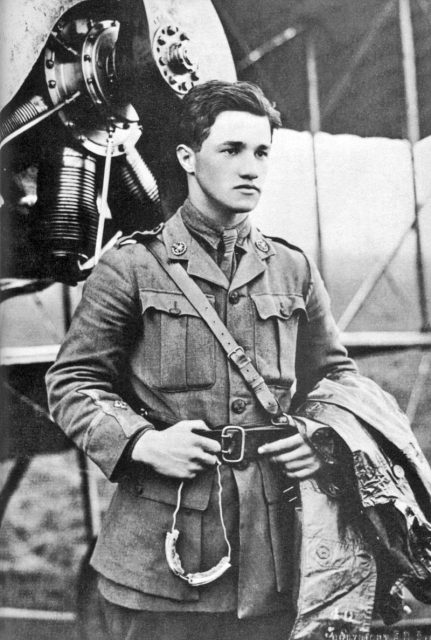
At the time, Ball was considered the Royal Flying Corps’ greatest pilot and his death brought sorrow to the whole of the United Kingdom. Before his death, he managed to shoot down 43 enemy planes and played a vital role in the Battle of Somme.
On this occasion however, Ball was out flying for recreation in a British Scout plane.
As a nine-year-old boy, Bill Ash was walking with his father near Harrison’s Plantation Nature Reserve near Nottingham. They heard Ball’s plane above them and saw it crash in a nearby field.
The pair raced to the site and found the young pilot looking a little shaken but otherwise okay, although he was somewhat embarrassed to find himself back on the ground.
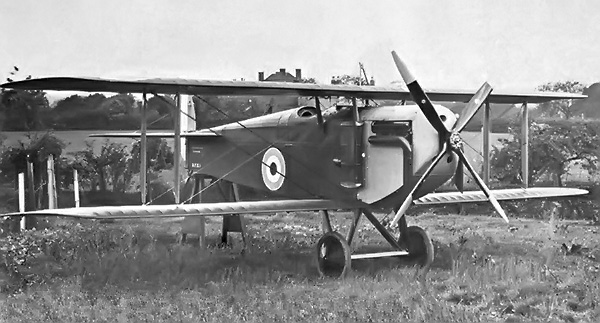
After ensuring the young man was fine, Ash Sr. asked whether they might take a piece of the plane home as a souvenir, to which Ball retorted, “You can have the whole, bloody lot!” The father and son then carried the propeller home and Bill’s mother promptly tucked under her bed for safekeeping.
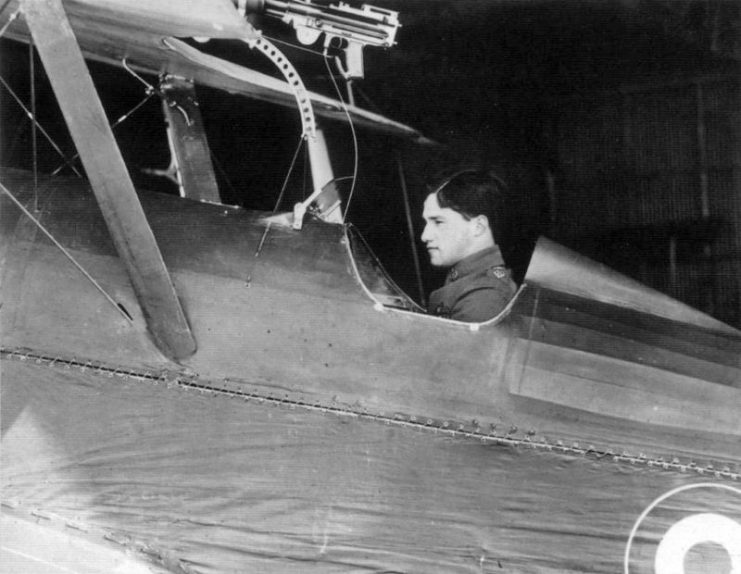
Upon learning of the propeller’s existence Bill tried to avoid getting too excited before confirming its history.
In his November 2018 article, Kirk wrote that “the propeller was surprisingly small; a beautiful piece of mahogany that still bears the green transfer of its makers, the impressively named, ‘British And Colonial Aeroplane Company of Bristol’.”
Since Ball went on to become an RAF legend and a war hero, the propeller has considerable financial and sentimental value. It was expected to fetch about £1,500 at auction in early 2019 (final sale price unavailable at the time of writing).
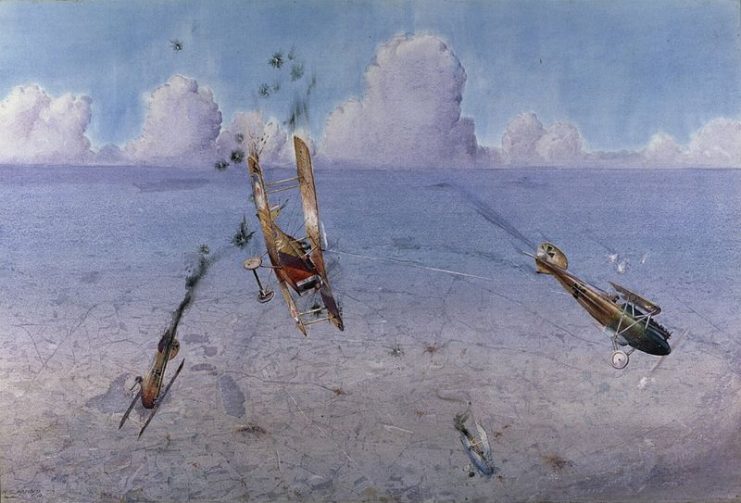
When Ball was killed in France while flying a French Nieuport fighter plane. Word quickly spread that he had been shot down by German flying ace Baron Lothar von Richthofen, but doubts linger about this claim. Some historians think Ball simply became confused during the heat of battle before he lost control and crashed.
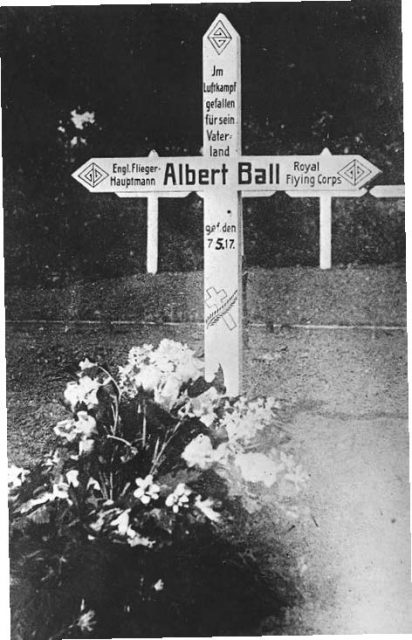
Read another story from us: Flying Dogs: Five of the Worst British Warplanes Ever!
Von Richthofen also crashed in the incident but survived on that occasion, allowing German propaganda to suggest he had shot down one of Britain’s most beloved fighter pilots. In recognition of his bravery, Ball was posthumously awarded the Victoria Cross and named a Chevalier de la Legion d’honneur by France.
Irrespective of the truth surrounding Ball’s death, the ace pilots of the Royal Flying Corps were a key contributor to the Entente’s victory in the Great War.
